Menu
-
- Home
-
About Us
-
The Approach
-
Focus Areas
-
MindWing Learning
-
Learning Resources
-
SHOP
-
Blog
-
- About MindWing
- Our People
- Contact Us
- Your Account
- Login
-
United States (USD $)

Using Data Collection and Collaboration to Enhance Instruction
by Sheila Zagula September 01, 2016 3 min read
 Our recent Summer Reading blogs were designed to demonstrate the depth of our SGM® tools:
Our recent Summer Reading blogs were designed to demonstrate the depth of our SGM® tools:
The icons and maps of the Story Grammar Marker®, Braidy®, and ThemeMaker® make abstract concepts of text structure visible and concrete for students. The use of the developmental stages of narrative development (shown below) enables you to differentiate instruction within your classroom.
 In schools I have worked, one such way we implemented SGM® methodology to support instruction was to establish grade level group writing conferencing sessions three formal times a year.
In schools I have worked, one such way we implemented SGM® methodology to support instruction was to establish grade level group writing conferencing sessions three formal times a year.
After conferencing with students, my colleagues and I had a chance to review results and discuss strategic planning using a common language…the SGM®! As we discovered, the methodology not only provided a scaffold for students to use a common language but for school personnel as well.

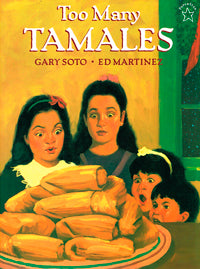 Initially, as Language Arts Specialist, and later in my role as Literacy Coach, I was responsible for taking a writing sample from each student in our fourth and fifth grade classrooms, based upon the book Too Many Tamales. Writing samples were taken from second and third grade students as well, using the book The Bear’s Toothache. To take the sample, I read the book to the class and asked them to write a retelling of the story.
Initially, as Language Arts Specialist, and later in my role as Literacy Coach, I was responsible for taking a writing sample from each student in our fourth and fifth grade classrooms, based upon the book Too Many Tamales. Writing samples were taken from second and third grade students as well, using the book The Bear’s Toothache. To take the sample, I read the book to the class and asked them to write a retelling of the story.
The results were analyzed, then plotted and returned to teachers using the Group Progress at a Glance form and the Guided Questions for Comprehension and Expression (from Data Collection and Progress Monitoring Process manual).
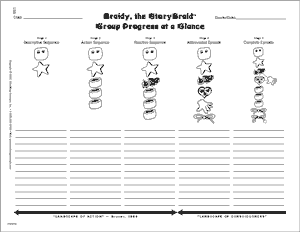

These classroom results consisted of identifying the developmental stage for each student (macrostructure), elements of microstructure present, and questions that supported those stages, presented in a folder format, making it easy for teachers to implement the results in their classrooms using the guided questions.
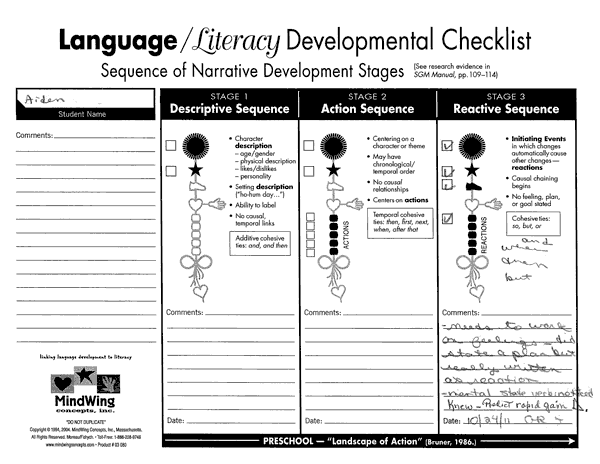
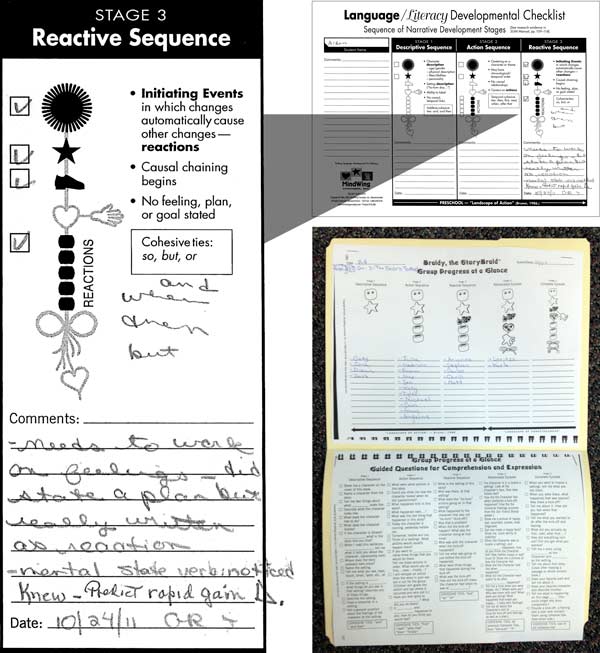
After meeting with staff at each grade level regarding this initial sample, we scheduled three formal writing response events in third, fourth and fifth grades. The writing response selections we used were taken from samples from the Massachusetts Comprehensive Assessment System (MCAS), as this is the assessment used in our state.
As a group, we decided to choose two narrative selections and one expository selection for each grade level. Teachers, specialists, the building principal, assistant principal and various staff from our administrative office participated in the process.
We used the SGM® narrative maps and/or ThemeMaker® maps appropriate to the given selection to conference with our students.
I prepared these maps for those involved so that when we worked with each student we all used the same conferencing points. This format also supported our staff meetings as we were all on “the same page” for discussing student responses.
I laminated the sheets so that we could reuse them as we traveled from class to class. We developed our own rubrics to meet our goals at each grade level. At times, individual students had their own specific rubric designed to support learning goals. Following are two samples we used for conferencing.
This first sample is specific to a short response question from a grade 3 2011 MCAS selection, Pack Horse Librarians. To answer the question, a List Map would be used.
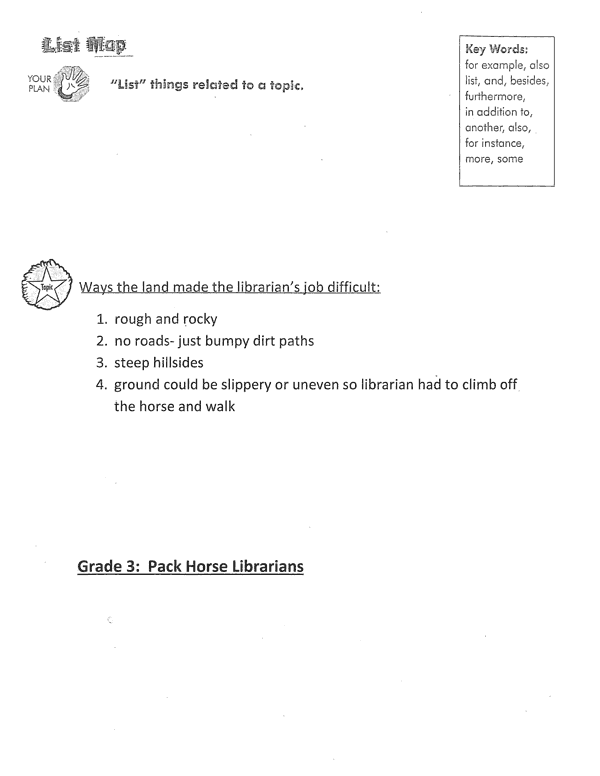
The second sample shown below is from a fifth grade 2008 MCAS selection, A Japanese Paper House. To answer this question, a Descriptive Map was used.

The value of sitting down with colleagues, including principal, assistant principal, and various members of administrative staff cannot be underestimated. It is difficult to find common planning time and meeting time, but this was a focus of ours and well worth the effort to make it a reality.
Since we were all able to use the SGM® terminology and maps and actual samples from our students, it gave us a clear understanding of individual student needs. Using the Goals and Benchmarks presented in the Data Collection manual, we established a pathway forward that was student specific.
It is important to mention that these meetings were in addition to our regularly scheduled data meetings that were held four times a year. Also, additional SGM® retelling writing samples were taken at the end of the year to compare growth using the Developmental Sequence. Maryellen analyzed two samples in previous blogs on this site that you may find helpful:
This is only one example of ways to encourage collaboration with colleagues and to support student success using the SGM® methodology! We have multiple resources to support your teaching goals available on our MindWing website.
Sheila Zagula
Sheila Zagula works with MindWing Concepts in product development, drawing on her expertise and talents as well as many years of implementing the Story Grammar Marker® and related materials. Her teaching career spans thirty-eight years, most recently as literacy coach in the Westfield Massachusetts Public School System. Sheila has experience as an early childhood educator, a teacher of children with special needs, and a collaborative instructor within an inclusion framework serving children in grades K-5.
Leave a comment
Comments will be approved before showing up.
